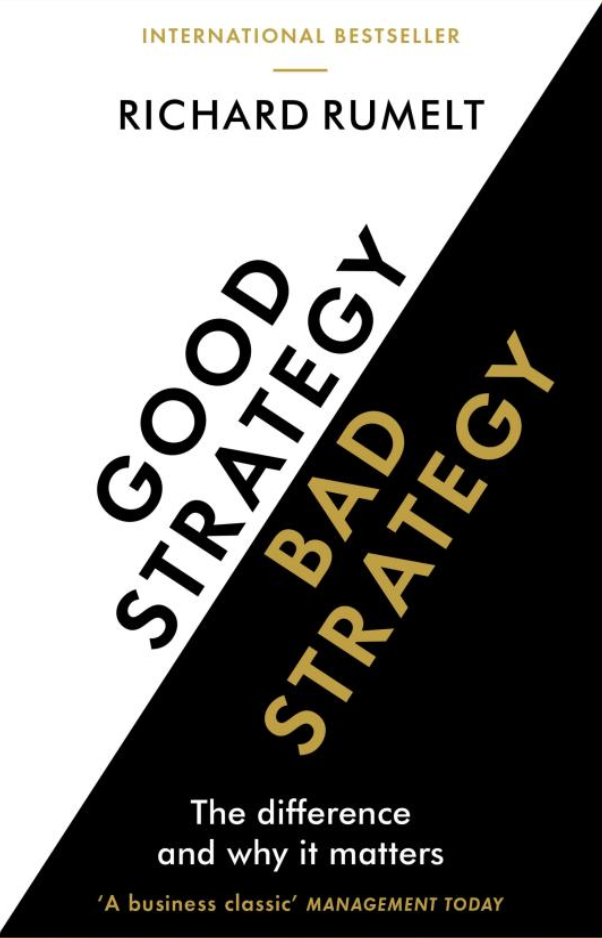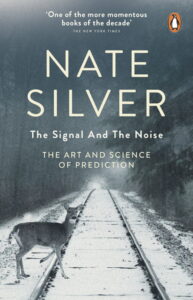Give me a lever long enough and a fulcrum on which to place it
Strategy is hard work. Men and Women fail all the time by investing in wrong businesses, in a new plant or launching a new product. The book let us know how to make less mistakes in strategy by telling us what is good strategy, and what is bad strategy
Book Review by: Strategy Boffins Team
Subjects: Competitive Strategy, Decision Making
In COVID times, in moments of industry transition,these waves of change require a master strategist who can analyse and steer the ship in the right direction. Being strategic is being less myopic—less shortsighted—than others.
“A strategy is like a lever that magnifies force. Yes, one can drag a giant block of rock across the ground with muscles, ropes, and motivation. But it is wiser to build levers and wheels and then move the rock. To achieve leverage, the strategist must have insight into a pivot point that will magnify the effects of focused energy and resources. A pivot point magnifies the effect of effort.”
Good Strategy/Bad Strategy: The difference and why it matters gives us detailed accounts with real examples on what constitutes good strategy and what is bad strategy. Like
“Like a quarterback whose only advice to teammates is “Let’s win,” bad strategy covers up its failure to guide by embracing the language of broad goals, ambition, vision, and values.”
A good strategy has an essential logical structure that Mr Rumelt calls the kernel. The kernel of a strategy contains three elements: a diagnosis, a guiding policy, and coherent action. Details about how to apply the kernel are then explained in the book.
When we talk about strategy, description of a good leader automatically comes. While giving the distinction between goal and objective, the author says “A leader’s most important job is creating and constantly adjusting this strategic bridge between goals and objectives.” Author adds “An important duty of any leader is to absorb a large part of the complexity and ambiguity in an organisation, and passing on to the organization a simpler problem—one that is solvable. Many leaders fail badly at this responsibility, announcing ambitious goals without resolving a good chunk of ambiguity about the specific obstacles to be overcome.”
Bad strategy is not so difficult to detect. To detect a bad strategy, look for one or more of its four major hallmarks: First one is Fluff. Second one is Failure to face the challenge. Third as we also talked earlier, mistaking goals for strategy. And finally, Bad strategic objectives.
As we go through the book it alternates between good and bad strategy, giving detailed examples and case studies and taking us through the author’s structured method of forming good strategies.
Do go through it if you are serious in strategy work.




